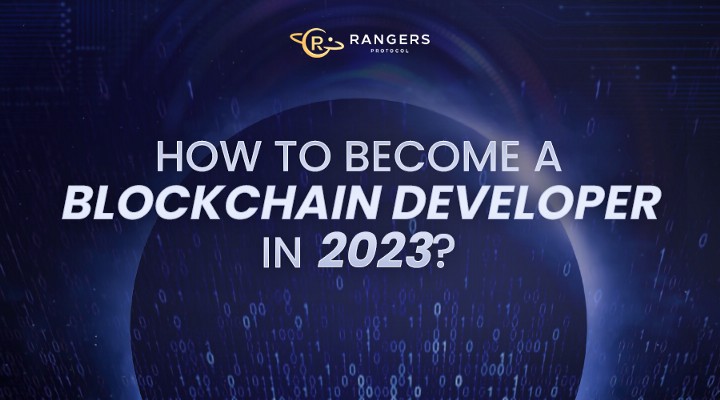How to Become a Blockchain Developer in 2023?

Despite its prevalence in recent years, blockchain has always been considered an esoteric subject by the masses and is often misunderstood even by those with a firm grasp of technological concepts. The overblown high barriers have discouraged many willful groups from entering or transitioning into blockchain development. However, blockchain technology is less mysterious than its reputation suggests.
Rangers Protocol, a Web3 Engine infrastructure, has always been committed to minimizing the development difficulty for Web3 developers and maximizing the user experience of its Web3 applications. Recently, the team interviewed a few developers and concluded the results with several tips. We hope these tips can help those who want to become blockchain developers succeed and make a name for themselves in 2023.
Start With the Basics
No matter how familiar you are with the blockchain industry, starting back from the basics is beneficial to discover and fill any knowledge gaps. A recommended approach is to examine the three fundamental attributes of blockchain — decentralization, transparency, and security; to understand how codes support the three attributes and to equip yourself with the necessary knowledge and skills.
For decentralization, for instance, communication and maintenance of P2P Networks, blockchain data structure and data store method, as well as the programming languages for smart contracts, are all parts of the learning list. For transparency, the block head (about how hash value helps locate the last block) and the block body (about transaction history) will have to be studied. In terms of security, network/ on-chain data security and consensus mechanism have long been at the forefront of today’s blockchain debate.
To lower the cognition and usage threshold, Rangers Protocol has provided a detailed tech document to help educate developers, reduce development difficulty, and remove barriers to basic operations.
Determine Your Priorities
Determining the learning priorities is another tip for more efficient learning progress. In blockchain development, as in any other field, some skills are required to get started, as well as skills that are too time-consuming and unrealistic to grasp at the outset.
According to recent statistics, developers submitted over 17,376 smart contracts to the popular block explorer in September of this year, demonstrating a surge in interest in decentralized protocols and the unwavering importance of smart contracts in the industry.
Hence, it should come as no surprise that the programming language (Solidity, Rust, Go, etc.) is always regarded as the top priority in blockchain development. However, it’s worth noting that carefully selecting the first programming language you learn is equally important as learning it thoroughly and imminently because re-learning and adjusting to a new programming language can take months, even for experienced developers in the field.
Another priority following the programming language is infrastructure building, including that of data, social, wallet, and Defi. While mastering a programming language qualifies one as a blockchain developer, knowing how to build infrastructure guarantees a job in a specific area of expertise.
Learn for the Future
A forward-thinking mindset is also recommended for becoming one of the best blockchain developers of our time. Learning about the following industry trends may help you stay ahead of other developers in 2023:
- Energy-saving / Greenifying Web3: The overall amount of energy used on the Ethereum network was reported to have decreased by 98% after Ethereum completed its switchover from proof-of-work to the proof-of-stake algorithm.
- BaaS (Blockchain as a service): Blockchain-as-a-service (BaaS) platforms such as Moralis save developers an average of 87% on development time, allowing them to focus on creating unique and better user experiences. Also, a modular toolset can be accessed by average BaaS users, which enhances productivity and lowers the barrier to entry for Web3 development.
- Modular blockchain: A modular blockchain (like that of Avalanche and Polkadot) shares functions across layers, improves scalability, and prevents network disruption.
- MPC (multi-party computation): MPC enables multiple parties — each holding their own private data — to evaluate a computation without ever revealing any of the private data held by each party (or any otherwise related secret information). Accuracy and privacy are the two fundamental properties of MPC technology.
Becoming a blockchain developer requires a lot of effort and dedication. Once you have mastered the foundational concepts, you may choose a particular area and seed your own ground. Whether it is to find ways to improve the security of current smart contracts or to innovate and lead the future trend with new programs, there will always be a place in the free world of Web3 where various blockchain developers can perform their own feats.
About Rangers Protocol
Rangers Protocol is the backbone of a Web3 engine for creating immersive Web3 applications. It minimizes the development difficulty for Web3 developers and maximizes the user experience of its Web3 applications. Rangers Protocol provides comprehensive infrastructures for efficient complex-app development, successful cross-chain and mass distribution, diverse in-app NFT and DeFi features, and more. Through its full EVM compatibility, strategic industry partnerships, and curated all-in-one IDE, Rangers Protocol supports AAA and indie developers to succeed in the Web3 world.
Website | Medium | Twitter | Telegram | Discord | Gitbook | LinkedIn | Linktree




